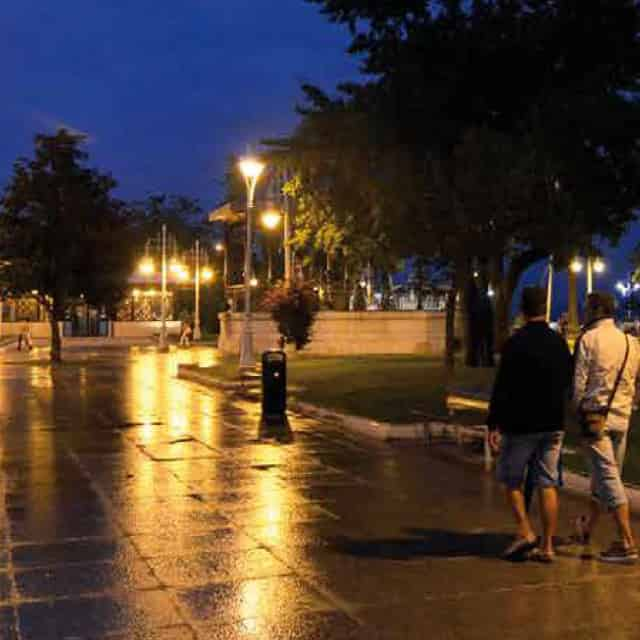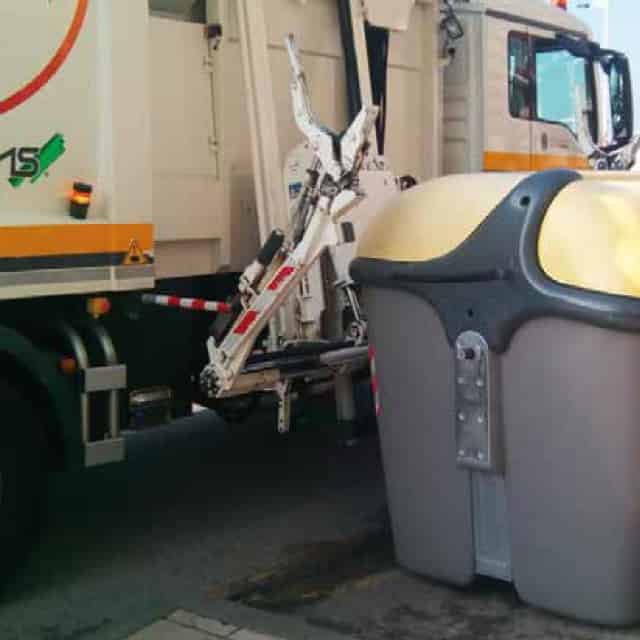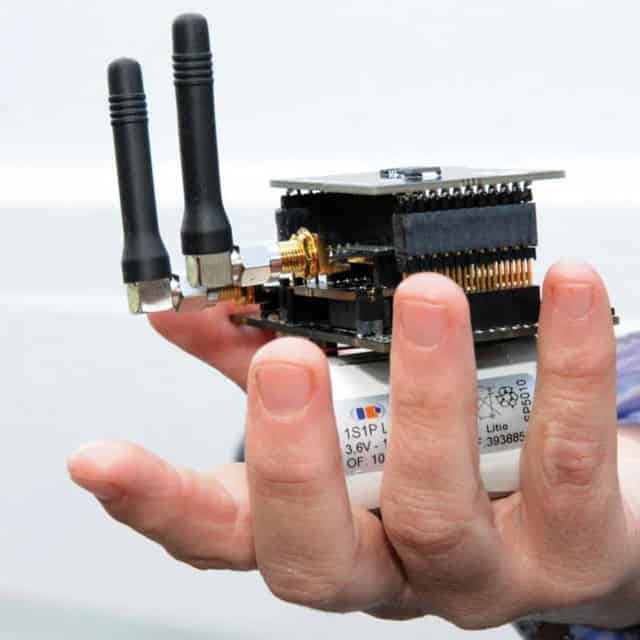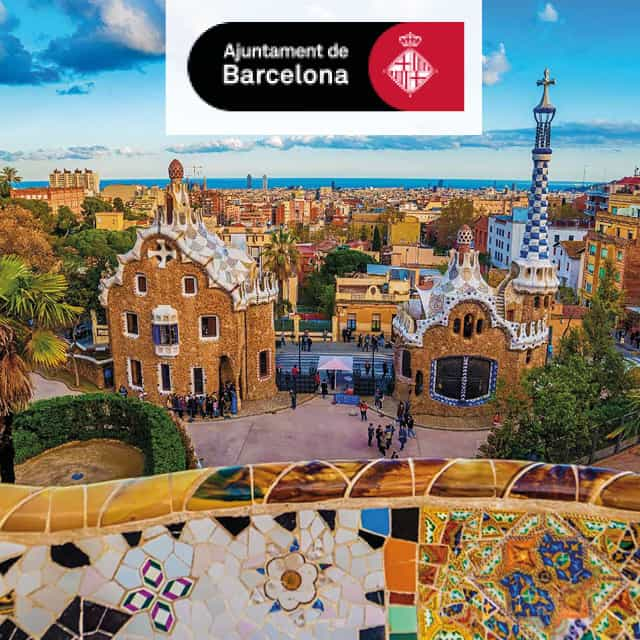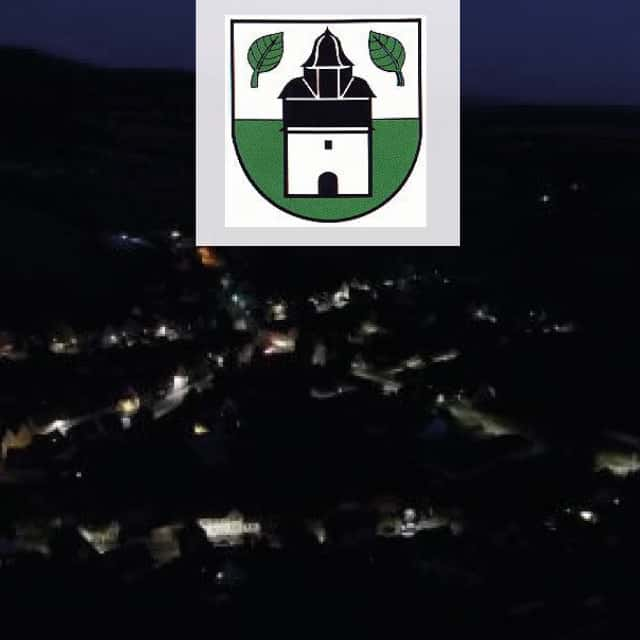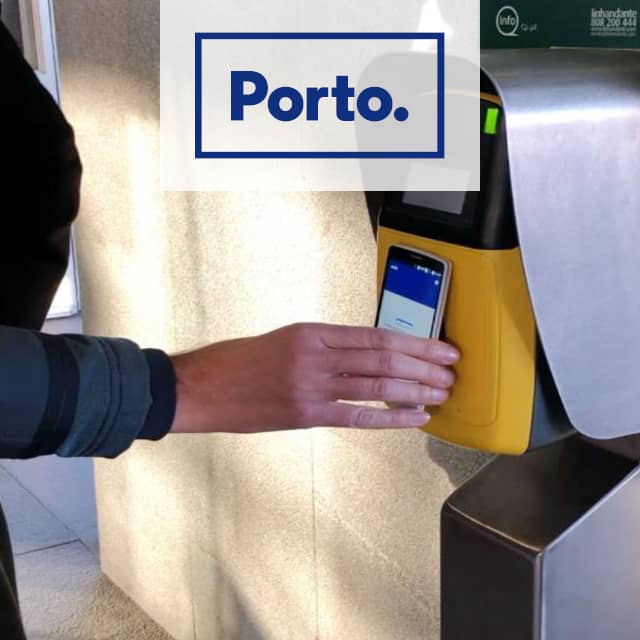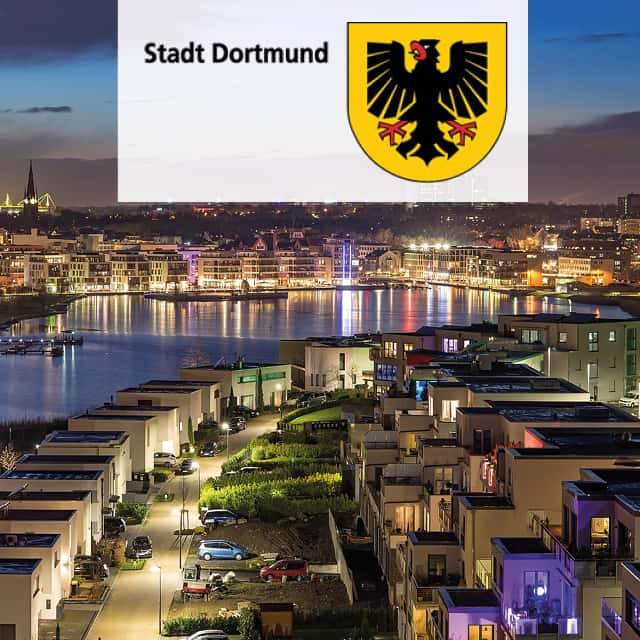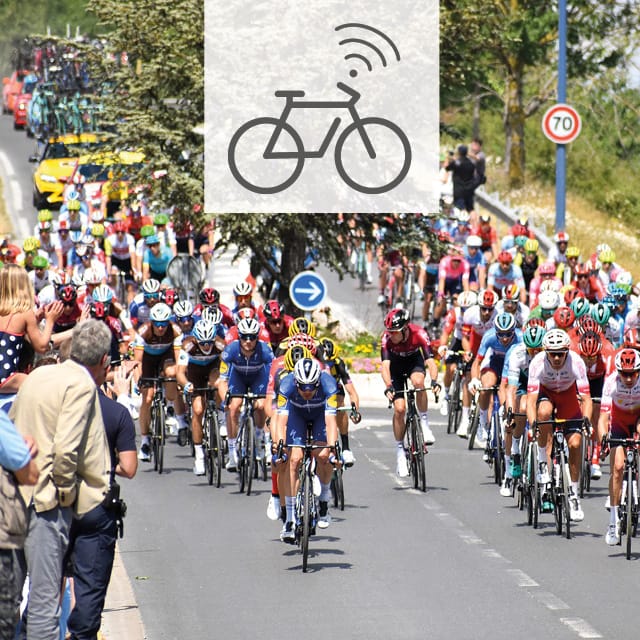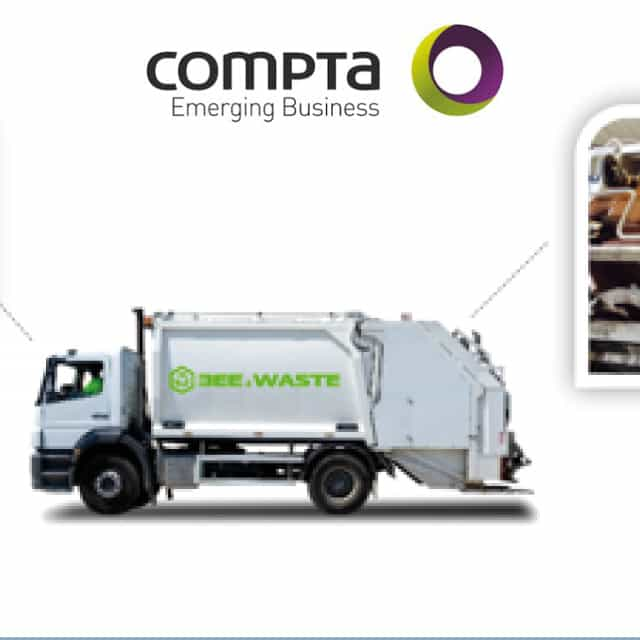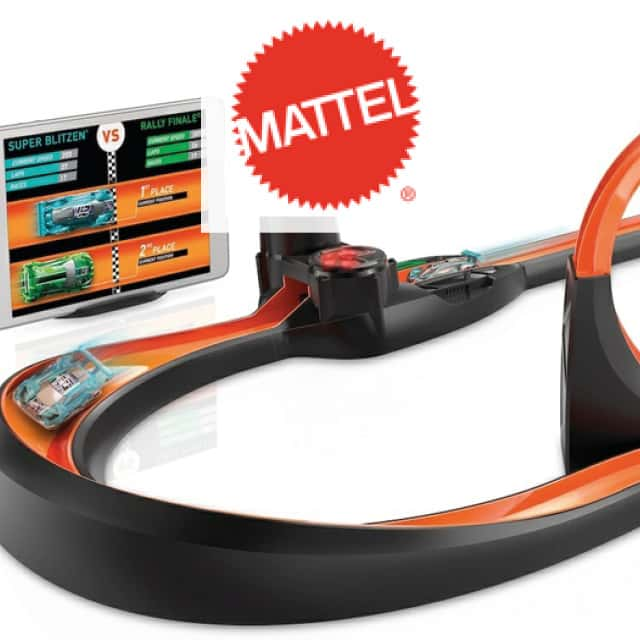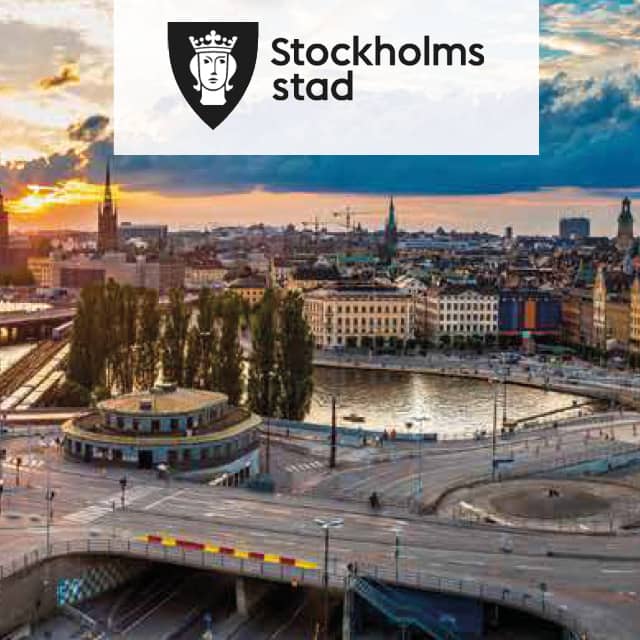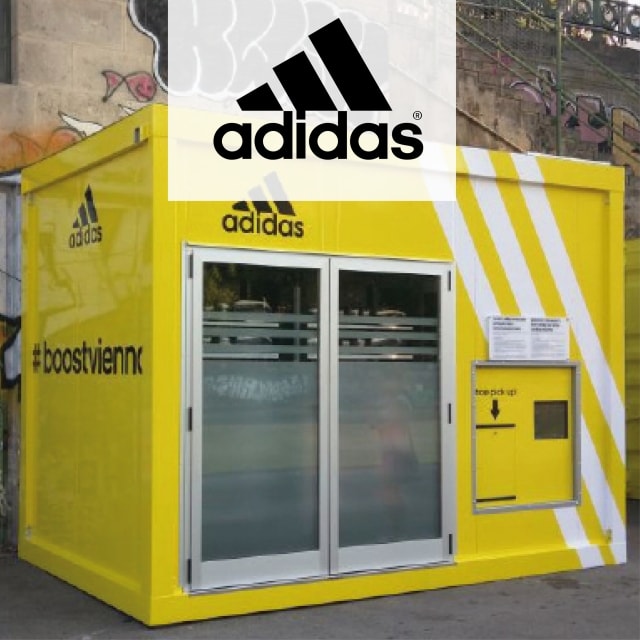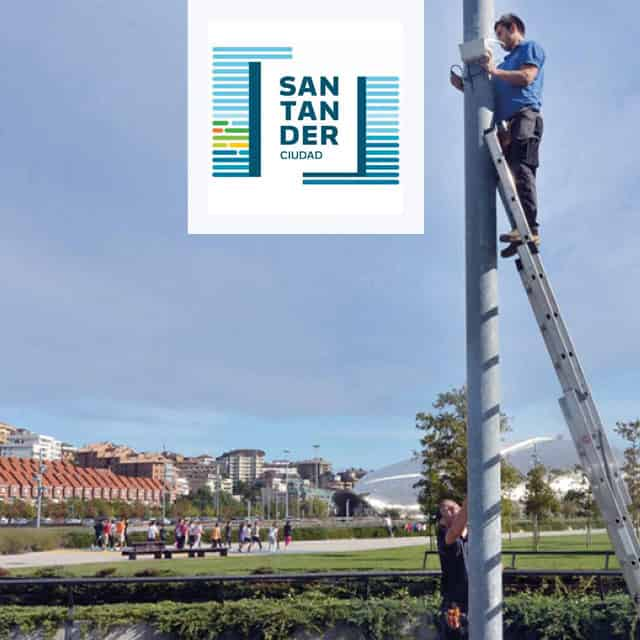
Sensors Control Smart City Applications in Santander
Santander uses sensor-based solutions throughout the city. All captured data is managed via a central platform and made available to numerous applications and stakeholders as needed.
More than 2,000 mobile and stationary sensors for recording various parameters such as noise, light, environmental pollution or traffic volume are the foundation for the continuous digitalization of processes and services in the city.
The city of Santander, located on the Atlantic coast of northern Spain, has a population of around 175,000. The transformation to a Smart City began with an EU-funded project from 2011 to 2013, making Santander a global reference site for smart urban development.
Process Requirements
Increasing service requirements of residents, confusion in local traffic, crowded streets, drivers looking for parking spaces, unused facilities that consume too much energy, and often insufficient economic resources all pose major challenges for cities. The city of Santander has been addressing these challenges as of 2011 in a first EU-funded project.
Objectives
- Implementing economical and sustainable technology solutions
- Realizing energy-efficient applications
- Promoting a participatory culture among citizens
- Networking public administrations, private companies, research institutes and citizens as well as jointly driving urban development forward
Solution
The development of the city into a Smart City takes place continuously and in phases. In the first of these phases, over 3,000 sensors were integrated into the city in an EU-funded project from 2011 to 2013. This has laid the technological foundation for numerous Smart City applications.
Waste management: 2,500 sensor tags and RFID tags are installed on waste disposal vehicles and waste containers. When a container is full and needs to be emptied, the sensor sends a signal to a central control center. The collected data is evaluated so that waste collection routes can be planned economically. Only full containers are approached, resources are saved and CO2 emissions are reduced.
Public transport: A mobile application for buses indicates the approximate time of arrival based on sensor data. If it rains, for example, citizens can wait at home and still reach the bus in time because the app tells them when the bus will arrive. In order to increase mobility in the city, sensors attached to buses and taxis evaluate traffic movements and allow traffic flow control.
Navigation and parking: In the city center, more than 400 sensors are embedded in the asphalt to register free parking spaces. Drivers are guided to the nearest parking space by route recommendations based on GPS and LED signs. Sensors in the car park detect whether a vehicle is occupying the space. All parking data is forwarded to a central data repository. The occupancy status can be viewed on a digital city map – accessible via app. Users can pay for their parking ticket via the app and extend their parking time while on the road.
App "Pulse of Time": Through the app, all citizens become ''sensors'' in the figurative sense. The app is used to report events or incidents to the administration. Potholes or a fallen tree can be sent as a photo for documentation. Users can also add requests and the GPS position of the incident. The app informs about the state of the problem and enables transparent management. Citizens can also submit their own ideas for urban development via the 'Santander City Brain' platform.
Water supply: The water supply infrastructure is equipped with sensor technology to transmit real-time consumption data at 1-hour intervals. As of May 2020, around 800 customers in a city district can view their current consumption online at any time and compare it with anonymized data from the neighborhood. The online platform can be used to report pipe breaks and water leaks.
Street lighting: The complete lighting network in the urban area is an integral part of the Smart City architecture. Sensors, cameras and other measurement systems are integrated into every lamp and junction box. The technologies installed record parameters such as the presence of pedestrians in the immediate vicinity of the lamp management system, but also noise measurements as part of the traffic analysis.
SmartCitizen: The project focuses on direct connections between the city and its inhabitants. It consists of several components, including a City App, Citizen Smart Card, City Wallet, and various beacon systems throughout the city for multichannel services. SmartCitizen focuses on providing individual services per citizen.
Smart City Platform: The platform is the central element of the Smart City. All captured data is collected and stored. Depending on the business model, data can be processed in different ways and made available to decision-makers in summarized form. The platform will be continuously developed together with service providers and telecommunications providers to add value to the capture, structuring and automation of the acquisition of daily information, and reports and dashboards will be made available to decision-makers such as city government employees, responsible departments both within the city administration and external service providers and politicians.
Advantages
- Optimized citizen service and participation
- Digital parking space management and traffic optimization
- Resources are conserved
- Reduction of CO2 emissions
- Streamlining of administrative tasks
- Transparent city administration
- Support of decision makers
Outlook
- The city's Smart City concept is based on continuous innovation and is therefore an ongoing, unfinished process.
- The city's objective is to replace obsolete technologies with state-of-the-art hardware on a permanent and gradual basis in order to obtain ever more comprehensive and fine-grained information.
Learn More
Questions? Get in contact with the editorial team!
Technologies
Application Fields


